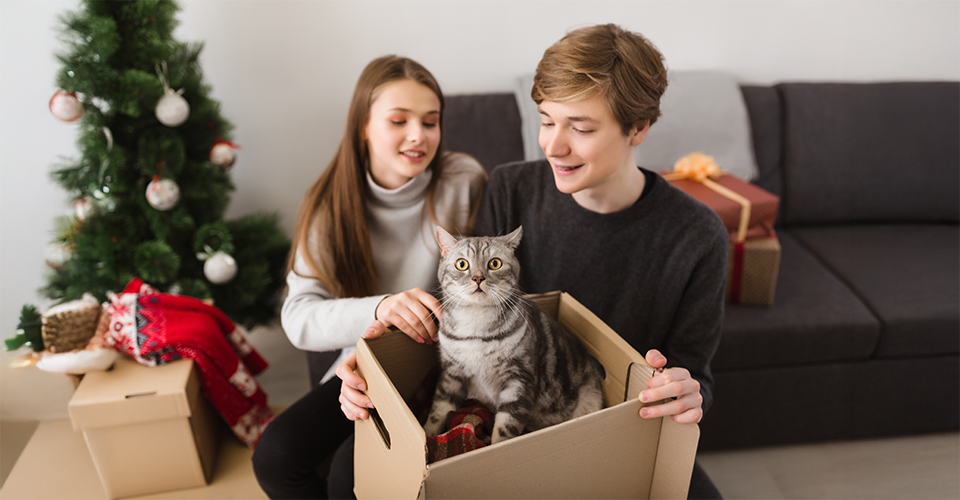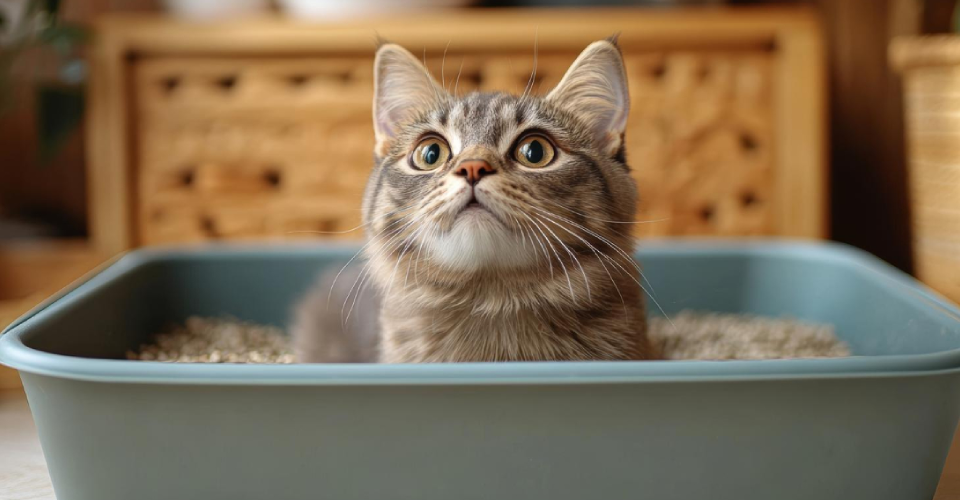 Cats are normally independent animals, as they are fairly low maintenance when it comes to caring for them. However, when it comes to moving, there are a lot of challenges involved, especially if the move is long distance. Ideally, you want to move your cat safely and help it to adjust to a new life in a new home.
Cats are normally independent animals, as they are fairly low maintenance when it comes to caring for them. However, when it comes to moving, there are a lot of challenges involved, especially if the move is long distance. Ideally, you want to move your cat safely and help it to adjust to a new life in a new home.
Since cats tend to be very territorial creatures, their homes are very important to them. For this reason, moving a cat from one place to another brings a whole different set of challenges, but ones that can be easily overcome with a good deal of planning and preparation.
Preparing Your Cat for the Move
When it comes to preparing your cat for your impending move, you may find that moving stress isn't limited to just you. Moving is a chaotic life event for all people involved, and that includes cats.
Any time you leave a home that you have lived in for a substantial amount of time - a home that you have developed routines in and become comfortable living in, it can be jarring to your personal sense of identity and orientation. Cats also face the same confusions as well.
Ease into the transition
Getting accustomed to living in a new home is equally as disorienting, so it helps to ease everyone involved into the transition, pets included. Here are some easy ways to accomplish just that:
-
Place boxes around the house before you begin packing. The process of packing up your house is bound to confuse your cat. Seeing boxes scattered throughout the house can be seen as a sign that something isn't right, and that change is coming, which may make your cat uncomfortable and cause behavioral changes. By easing yourself into the packing by not packing everything all at once, you can make the transition easier for your cat.
-
Buy your pet carrier in advance. To avoid this springing this on your cat at the last possible moment, buy your pet carrier well in advance of your move. Set it up in a spot in your house that your cat typically frequents, such as near its bed or litter box, and place something inside it that is comfortable and familiar for your cat, such as cat nip or a toy that it particularly enjoys playing with.
-
Practice putting your cat in a pet carrier. You are likely going to have to place your cat in a pet carrier during the actual move to transport it from one place to the other. This is the safest way to transport your cat, and also the most feasible method. However, waiting until the day of the move to place your cat inside this tiny, cramped space is most likely not going to put it at ease, as you might expect. After getting your cat accustomed to the carrier in the house, practice closing the door and making short trips both inside and outside of the house. You'll be facing a long trip, and you want to make sure you cat is ready.
-
Keep your cat's routine relatively the same. Throughout the entire moving process, you want to keep a sense of normalcy. Animals are creatures of habit, much like we are, and like to stick the same routines that have already been established over a long period of time. Keeping your cat on the same regular feeding schedules, and playtime schedules will help it to transition easier when the time finally comes to move.
During the Move

Since cats tend to be smaller and quieter than dogs, for example, it's rather easy for them to slink around unnoticed and undetected. While this may be an admirable trait to have in a pet, it can be quite the opposite on moving day, when movers are frequently coming into and out of your house carrying boxes and heavy furniture.
Backing your way towards the front door while holding one end of a refrigerator and trying not to trip over anything is hard enough as it is, but it becomes a lot harder when you're actively trying to avoid the family cat that is walking through your legs.
Give your cat space. To avoid this potential calamity from occurring, give your cat its own private space to lounge about on the day of your move and make sure that you keep it out of the way of all of the commotion going on inside and outside of the house.
-
The bathroom is usually a good place to keep your cat on moving day, as it's a room that is not frequently accessed throughout the day. Make sure to place a bowl of water and a bowl of food in the bathroom along with your cat, as well as any toys that it likes to play with and access to its litter box.
-
During the actual move, when your cat is safely and securely inside the pet carrier and you have set off on your way to your new home, your cat may seem distressed while inside. This is normal, and it's nothing to be particularly worried about. Resist opening up the pet carrier while in transit to pet your cat or reassure it. A spooked cat might quickly run out of the carrier out of fear and it could be difficult to get it back in again.
Adapting to the New House
Once you've arrived at your new house, making sure it is safe for your cat is the last important step in completing the transition. Before you get settled in, help your cat begin the process of getting comfortable in its new surroundings.
-
Make sure all electrical cords are tucked away and all window screens are properly secured. We all know that cats love sitting by windows and basking in the warmth of the sun during the day, and that sometimes they can even get up on the windowsill if there's enough space. The last thing we want is for the cat to knock the screen lose and fall out of the window, escaping, or even worse, seriously injuring itself.
-
Make sure plants are out of reach. Some plants around the house can be poisonous to your cat if digested, so be sure they are in a place where the cat cannot get to them.
-
Give your cat a room. Establish a comfortable place for your cat to allow itself to adapt to the new house. Designate a specific room in the house to place your cat's food, water, toys and litter box and try to stick the same routines that were previously established at your old house. This will allow it to establish its territory and it will also keep it out of harm's way during the unpacking process.
By providing your cat with as many comforts from home as possible in the early days after your move is complete, you can help aid it in its transition as you all begin to settle into life in your new home.